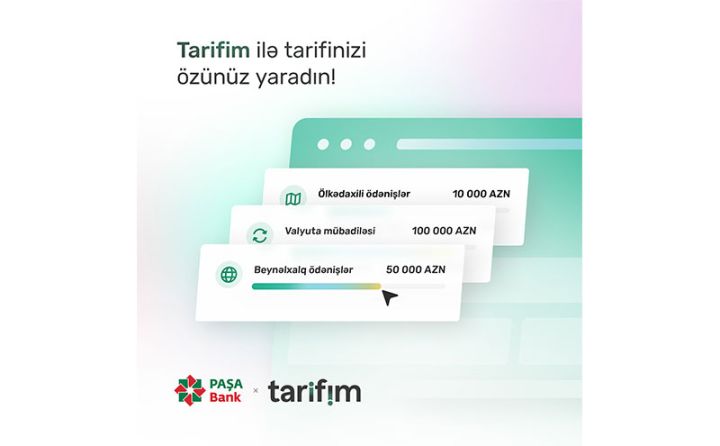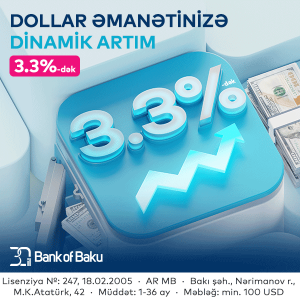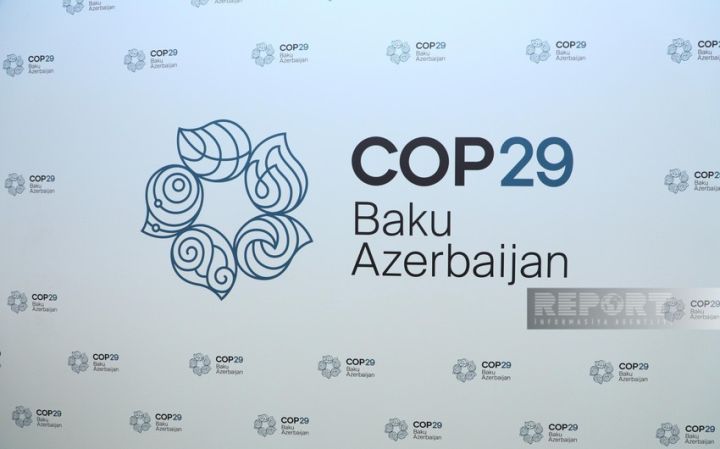“Azsığorta”nın "mənfi” proqnozla reytinqi təsdiq edildi
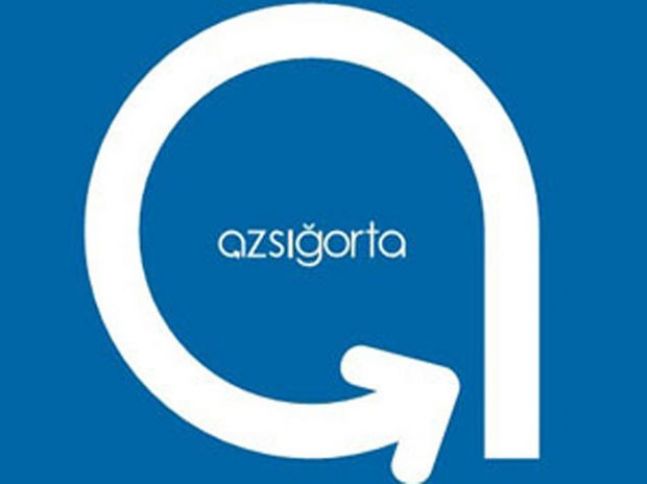
“Fitch” beynəlxalq reytinq agentliyi “Azsığorta” ASC-nin Sığortaçının Maliyyə Gücü (Insurer Financial Strength – IFS) “B” səviyyəsində təsdiqlyib.
Agentliyin məlumatına görə, reytinq üzrə proqnoz isə “Mənfi”dir.
“Fitch” müəyyən etdiyi reytinq “Azsığorta”nın güclü kapital mövqeyini, inkişaf etdirilməsinə baxmayaraq yüksək riskli investisiya profilini əks etdirir. “Mənfi” proqnoz isə şirkətin ötən il pozulmuş anderraytinq performansı, gələcək ehtiyatlarının inkişafı ilə bağlı qeyri-müəyyənlik və davam edən biznes fəaliyyətlərində qarışıqlıqla bağlıdır.
Qeyd edək ki, “Azsığorta” Beynəlxalq Maliyyə Hesabatlılığı Standartlarına (International Financial Reporting Standards – IFRS) uyğun olaraq 2017-ci üzrə fəaliyyətinin auditini hələ yekunlaşdırmayıb. “Fitch” yalnız yerli standartlara uyğun hazırlanmış audit hesabatlarını nəzərdən keçirə bilib. Agentlik inanır ki, sığorta şirkətinin aktuari peşəkarlığı hələ inkişaf etdiyindən yerli hesabatlarda ehtiyat riskləri daha yüksəkdir, həmçinin rezervlərin tənzimləmə metodologiyası bəsitdir və əsnək deyil.
Fitch Affirms AzInsurance's IFS at 'B'; Outlook Negative
Fitch Ratings has affirmed Azerbaijan-based AzInsurance OJSC's Insurer Financial Strength (IFS) Rating at 'B'. The Outlook is Negative.
KEY RATING DRIVERS
The affirmation reflects AzInsurance's relatively strong capital position, its weak business profile and high, although improving, risk in the investment portfolio. The Negative Outlook reflects the insurer's deteriorated underwriting performance in 2017 as well as uncertainty over the future reserves development and the ongoing reshuffle of the business mix.
AzInsurance has not yet completed the audit of its 2017 IFRS-based reporting. Fitch has only been able to review the audited regulatory reporting compiled in accordance with local accounting standards. The reserving adequacy is one of the key areas that could make a difference between the two reporting standards. Fitch believes that the reserving risk is higher in the local reporting as AzInsurance's actuarial expertise is still developing and the regulatory reserving methodology is simplified and inflexible.
In its regulatory accounts for 2017, AzInsurance reported a net loss of AZN3.1 million and a negative 10% return on equity (ROE) after a period of sound profitability, with an average ROE at 42% in 2013-2015 and a moderate 6% in 2016. The negative underwriting result with the combined ratio of 118% in 2017 was the key reason for the ROE weakening, as AzInsurance is still struggling to recover from the loss of its cargo insurance portfolio after the changes in the local operating environment. The line formed on average 28% of the insurer's gross written premiums (GWP) in 2012-2015 and had close-to-zero loss and commission ratios.
In 2017, AzInsurance returned to moderate 12% GWP growth (2016: minus 31%) through somewhat opportunistic growth in a highly competitive compulsory motor third-party liability (MTPL) insurance line, but this had already scaled down in 9M18, when the MTPL premiums were cut by 40% and GWP fell 27%.
Despite the premium contraction, AzInsurance reported AZN4.3 million net profit in 9M18. This reflected an improvement in the combined ratio to 84% in 9M18 from 125% in 9M17 on the reserve releases made in the compulsory MTPL and real estate insurance and also due to a notable cut in administrative expenses. The net result in 9M18 was additionally supported by a stronger investment income. FX fluctuations were immaterial in 9M18 after making a AZN4.9 million gain in 2016 and a AZN1.7 million loss in 2017.
AzInsurance's risk-adjusted capital position, as measured by Fitch's Prism Factor-based Model (FBM) weakened in 2017 from 2016, but remained supportive of AzInsurance's rating. AzInsurance's regulatory solvency margin, calculated according to a Solvency I-like formula, remained very strong at 342% at end-9M18 compared with 299% at end-2017. The shareholder put dividend withdrawal on hold in 2018 after making a net loss in 2017. The dividend payout ratio was 99% in 2013-2015, 33% in 2016 and 48% in 2017.
Fitch notes that the quality of AzInsurance's investment portfolio has moderately improved, but remains relatively low. The insurer started to cede the management of approximately half of its investment assets to AzFinance Investment Company CJSC. As of end-9M18, these assets were 62% invested in Azerbaijan government bonds and 38% in short-term repurchase agreements with the Ministry of Finance of Azerbaijan as the counterparty. As of end-2017 the profile was somewhat more risky with 15% of the managed assets invested in foreign stock and FX options, and the rest in government or government-related bonds.
The insurer's exposure to affiliated AFB Bank remained at a relatively stable level of 32% to equity at end-9M18 (end-2017: 31%, end-2016: 37%: end-2015: 65%), although Fitch continues to view the current level as significant. AzInsurance maintains a comfortable liquidity position.
RATING SENSITIVITIES
A sustained improvement in AzInsurance's financial performance could lead to a revision of the Outlook to Stable.
Material adverse reserve developments emerging from the release of the audited 2017 IFRS-based accounts compared to the regulatory reporting could lead to a downgrade.
ONLAYN SİFARİŞ ET, KREDİTİ 3% ENDİRİMLƏ AL!
© Report, Fitch
Müştərilərin xəbərləri
SON XƏBƏRLƏR
-
15 saat əvvəl
Rabitəbankdan Ümumdünya Kitab Günündə Ağdam kənd məktəbinə dəstək
-
15 saat əvvəl
Kənd təsərrüfatında ən premium brend sayılan FENDT nəhayət Azərbaycanda
- 15 saat əvvəl
-

-
16 saat əvvəl
"CulTech İnkubasiya Proqramı"-nın “Demoday” tədbiri keçirildi
- 16 saat əvvəl
-
18 saat əvvəl
COP29-un Azərbaycanda keçirilməsi ilə əlaqədar vergi güzəştləri müəyyənləşir
- 18 saat əvvəl
-
19 saat əvvəl
Hərbi xidmətdən yayınmanı təşkil edən şirkət direktoru barəsində cinayət işinin istintaqı tamamlanıb
-
19 saat əvvəl
Azərbaycan Sahibkarlar Konfederasiyasında yeni kadr təyinatı olub
- 19 saat əvvəl
- 19 saat əvvəl
-
19 saat əvvəl
Azərbaycanda elektron siqaretdən istifadənin qadağan olunması təklif edilir

Rabitəbankdan Ümumdünya Kitab Günündə Ağdam kənd məktəbinə dəstək

Sabahın rəsmi məzənnəsi müəyyən olunub

"CulTech İnkubasiya Proqramı"-nın “Demoday” tədbiri keçirildi
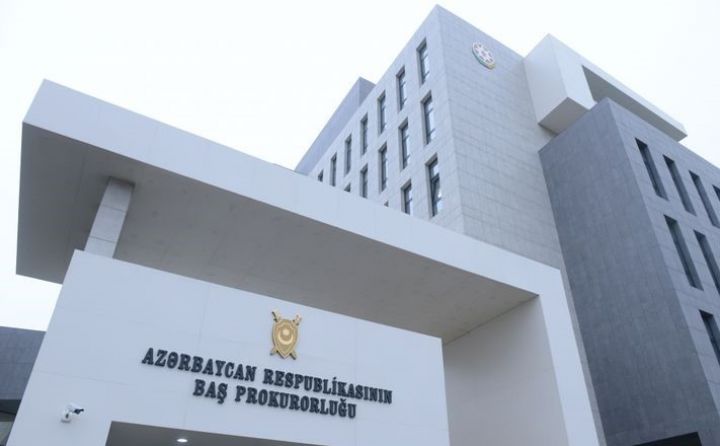
Hərbi xidmətdən yayınmanı təşkil edən şirkət direktoru barəsində cinayət işinin istintaqı tamamlanıb

Azərbaycan Sahibkarlar Konfederasiyasında yeni kadr təyinatı olub

Bir sıra sahibkarlar üçün yeni rüsum müəyyənləşir - MƏBLƏĞ

Sabah rayonlara yağış yağacaq, dolu düşəcək - HAVA PROQNOZU

Bağçada qanunsuzluqlar: Ərzaqlar əsassız olaraq məxaricə silinib, dövlət əmlakı mənimsənilib... - CİNAYƏT İŞİ BAŞLANIB

Valyuta hərracı keçirildi - NƏTİCƏSİ

Azərbycana gələn əcnəbilərin sayı 39,2 faiz artıb










